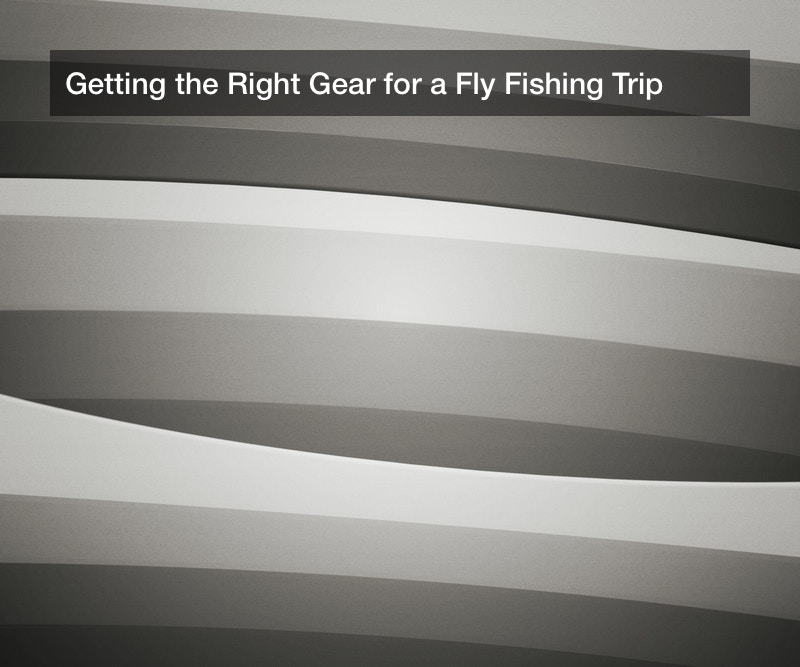
Fishing is a sport popular around the world, and in ancient times, fishing was done for sustenance for a village or town. Today, it is commercial fishing boats with nets who catch fish for food, while ordinary, everyday people go fishing as a hobby rather than a lifestyle. Fishing long predates the written word, but even so, it’s as popular as ever, and many brands produce all kinds of custom fly reels, fly fishing tackle bags, artificial bait, and more to make a good fishing trip possible. In 2017, for a recent example, some 51.59 million Americans went fishing, according to estimates, and about 11.6 million of those anglers were youth participants aged six to 17. A novice fisher is encouraged to visit local outdoor supply retailers to get everything they need, and they can choose to start fly fishing. What is fly fishing like, and what will a new angler need to buy?
Buying Custom Fly Reels and More
Someone who is getting into fly fishing for the first time can visit local retailers and consult the staff there, so they can find fly rods, reels, bait, and other gear that is high quality and also within their price range. For example, a novice fisher may get a few fly fishing rods and reels, and even custom fly reels, if they are feeling fancy. Discount custom fly reels might be found online too, from secondary sellers. The angler should also make sure the rod is either left-handed or right-handed as needed, and the proper length. Don’t forget artificial fly fishing bait, either, which is often covered in small feathers to imitate insects. Such bait is typically lightweight.
A fly fisher will need not only the right rod, lure, and line, but also certain outfits and spare equipment for a successful trip. It should be noted that while regular fishing means standing on a boat or a pier, a fly fisher will stand knee deep or even waist deep in the stream where they are fishing. No one wants to get soaked with cold water, so a fly fisher will wear tall, waterproof boots to keep warm and dry during fishing. Such boots can be thigh-high, and many of them are combined with other clothes to form overalls, for convenience. On top of that, a fly fisher is encouraged to wear a wide-brimmed hat to protect their skin from sun rays, and they should also wear sunglasses to shield their eyes from the harsh sunlight glaring off the water’s surface. A fly fisher can also wear a vest covered in pockets, to conveniently store anything from their sunglasses to spare bait or line or anything else they like. After all, they aren’t standing on a pier where they can place those items.
Lastly, a fly fisher should bring along a fly fishing gear bag to match their fly fishing outfits, where they can store larger or heavier items that don’t fit in their vest pockets. Such bags vary in size and shape, and they are tough and often come with carrying straps along with zippers and storage compartments.
Going Fly Fishing
As mentioned earlier, a fly fisher will stand in the water while fishing, but there is more to learn. A novice fly fisher may accompany an experienced angler and learn the correct method for casting the lure and line, and this will take some practice. While ordinary fishing uses the lure’s weight to draw out the line and deposit the hook in the desired area, fly fishing is different. The lure is too small and light to do that, so the fly fisher will move their rod in order to cast the line itself, and deposit the bait in a desired spot. Why do this? The light lure and line will land gently on the water, avoiding making a disruptive splash that would scare off the fish.
A fly fisher may practice catch and release; that is, catch a fish, check out its size, and then remove the hook in its mouth and return it to the water alive. If fish are being kept, a bucket of water is ideal for live capture, especially for long fishing trips.

